April 22, 2025 | 02:39 GMT +7
April 22, 2025 | 02:39 GMT +7
Hotline: 0913.378.918
April 22, 2025 | 02:39 GMT +7
Hotline: 0913.378.918

In 2020 the number of poultry has already exceeded 500 million, still maintained at the beginning of 2021.
There is a reality that when the African swine fever crisis occurred, the MARD, as well as the husbandry sector, had had policies to encourage and motivate farmers to partly transfer from pig farming to poultry farming, which was actually very successful. Nonetheless, it can be said that it was the most difficult period for poultry farmers as there was always a difference between the cost and the selling price, causing farmers to mostly break even or suffer losses.
When a set of laws, that is, an institution, has basically been completed for animal husbandry, the Animal Husbandry Law is promulgated; two decrees, five circulars, and later the Prime Minister has decided to approve the Decision No. 1520 and the Livestock development strategy for the 2021 - 2030 period, 2045 vision, the orientation and solutions that have been given should somehow manage to maintain, helping to reach 6 to 6.5 million tons of cut meat in 2030.
In order to balance and match with those of the world, pork will occupy 60%, poultry meat will be raised up about 30%, and grass-fed cattle meat will be around 10 - 11%. Subsequently, the sector has had a specific orientation for poultry development.
And in order to reach approximately 23 billion eggs, an average of 220 - 225 eggs/person/year, the total flock must reach 600 - 670 million heads in 2030, including 500 - 550 million chickens and 100 - 120 million waterfowl.
In 2020 the number of poultry has already exceeded 500 million, still maintained at the beginning of 2021. This number will continue to grow in the coming years.
According to Mr. Nguyen Van Trong, Deputy Director of the Department of Livestock Production (Ministry of Agriculture and Rural Development, MARD), the department assesses that the scale is growing moderately, although in 2020 poultry husbandry development was promoted so that the products can partly support the shortage caused by African swine fever.
Obviously, there are times when it's overgrown, but poultry has a very quick circulation time so re-herding and downsizing are also very quick, which means those things can be very well regulated.

Maybe until 2030 Vietnam would have exported about 20 - 25% of the total volume of poultry meat and eggs.
“In order to achieve sustainability, basically, we have to do things in chains. Even when our chain links are still fragmented, in which household farming still occupies a relatively large market share, horizontal links are required, creating cooperative groups, cooperatives to somehow reduce cost; businesses must come into contact with those horizontal links, with those cooperative groups and cooperatives,… so that risks in these chain links can be avoided; harmony must be established between phases, from production, circulation to consumption, helping to balance the profit of each phase and be active in production and consumption plans,” says Trong.
Vietnam’s poultry sector is not considered weak at all, and actually integrating with the world, which was, has been and will be the world’s general market at the current state. In order to achieve that, the sector must act synchronously, especially strengthening state management: from the breeds to the animal feed and the environment, all will become a management chain.
During the research work, in parallel with the creation of technological progress in the country, relative agencies in the sector must at the same time approach and import technological advances, new progress, high technology of the world, even in terms of breeds and technicality; and there should be more investment and research domestically in higher fields, that is, gene technology, in order to create breeds with value, suitable for climate change, following the three market segments:
The first is the segment with high-productivity breeds, serving large-scale farm husbandry, industrial husbandry to reach countries around the world.
The second is the segment with high-quality breeds, which are mostly indigenous in order to serve farming in the organic and bio-safe direction, creating high-quality products associated with ecotourism. This segment and product will be to serve high-income subjects.
And the third segment, which is the intermediate segment, possessing both quality and productivity to serve small-scale farm husbandry and household husbandry, even medium-scale farms; and for livestock to be exportable, the sector must apply biological safety, free of disease and traceability, establishing identity codes for livestock facilities. By maintaining all these can integration be done, and maybe until 2030 Vietnam would have exported about 20 - 25% of the total volume of poultry meat and eggs.
As a result, in this current context, the sector must have horizontal links, cooperative groups, cooperatives, groups and associations in the orientation of the Livestock development strategy that develop large-scale husbandry, but must pay attention to traditional husbandry, organic farming as well, following a chain which is the output of cultivation is the input of livestock, and the output of livestock is the input of cultivation.
In such a closed chain will there be efficiency, creating a product that is both organic and valuable, bio-safe, and so possesses the ability to compete in the Vietnam market as well as the world market, contributes to the exportation of livestock products and confirms the efficiency and value of livestock products in the near future.
Translated by Thuc An
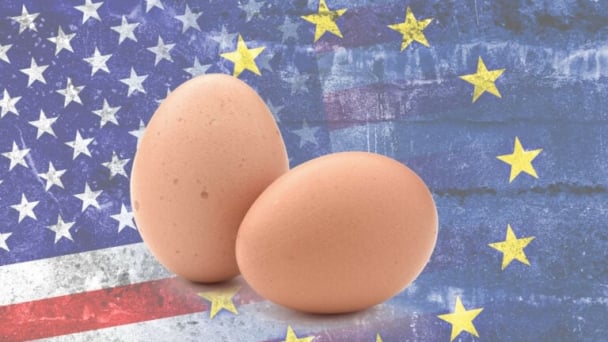
(VAN) In northwestern Europe, poultry farmers can take full advantage of exceptionally high prices.
/2025/04/18/0614-0-nongnghiep-120604.jpg)
(VAN) Cashew nuts are not only a nutritious food but also a golden raw material in both cuisine and export, contributing to elevating Vietnamese agricultural products onto the global stage.
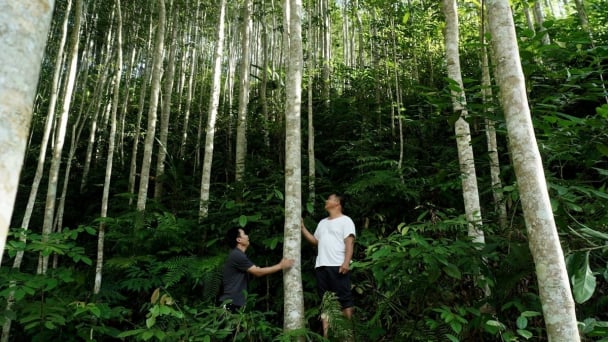
(VAN) Orders from wood processing businesses in Bac Kan Province for export to the U.S. have been cancelled or suspended, even all orders cancelled in some cases.
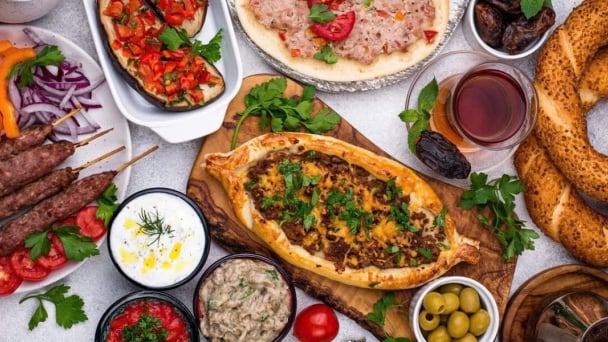
(VAN) Vietnam is regarded as one of the gateways to enter the Halal market in the Asia-Pacific region, which has the world’s largest Muslim population.

(VAN) With an annual production scale of around 5 million tons, Vietnam has enough potential to transform rice bran into a key export commodity if combined with deep processing.
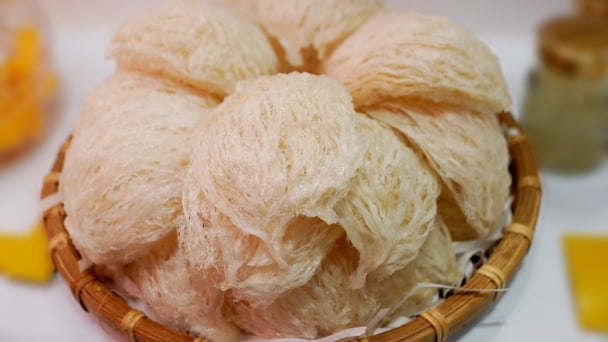
(VAN) As the world’s largest consumer of bird’s nest products, China is gradually becoming a 'golden' market for Vietnamese bird’s nests.
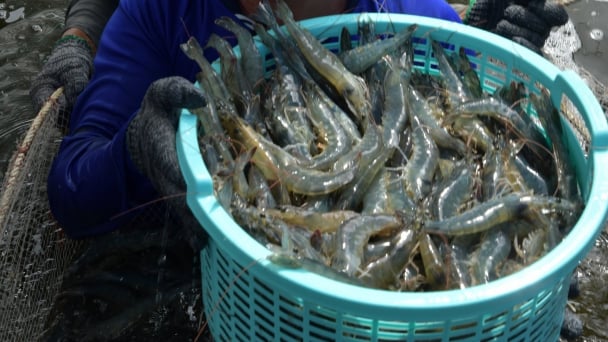
(VAN) Deputy Minister Phung Duc Tien has directed the fishery sector to diversify its farming objectives during the conference reviewing Q1 performance and outlining tasks for April and Q2/2025.